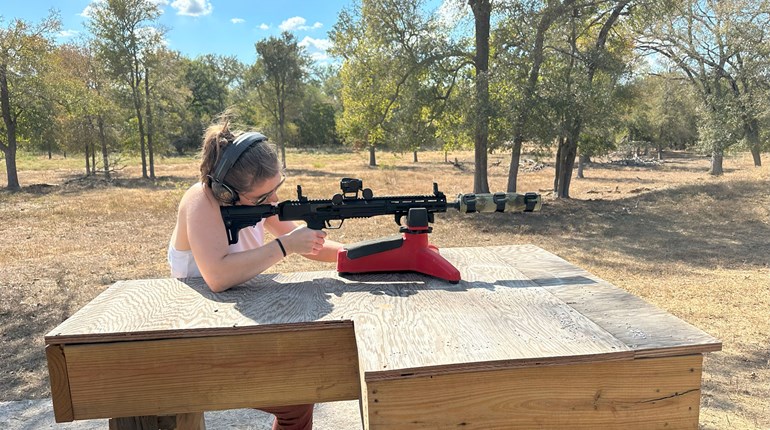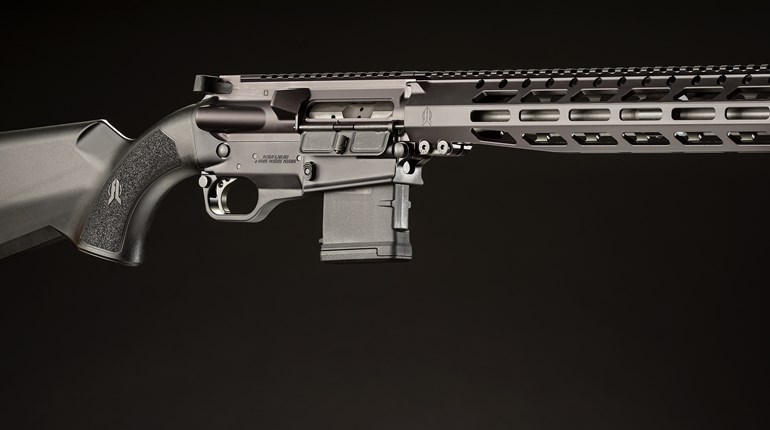
Parts
Dust coverDust-cover hinge pinDust-cover hinge pin snap-ringDust-cover spring
Tools
Needle-nose pliersBrass or plastic hammer
Use the pliers to install the small snap-ring on the hinge pin. Tap it in place with the hammer to ensure it is seated. Place the cover upside down on the receiver, making sure the detent pin faces out, and start the hinge pin from the front end of the receiver. The snap-ring should be at the far end of the pin. Do not push the pin all the way through.
Before installing the dust-cover spring, preload it by turning the long arm a half turn. Hold the spring in the gap between the two hinge-pin housings, maintaining tension as you push the pin all the way through. This is one of those multi-curse steps for me, as I find it difficult to hold the spring under pressure while installing the pin. My future son-in-law was doing the work while I shot photos, and I cautioned him it would take several attempts. The show-off got it together on the first try.



Function Check: Make sure the dust cover will close. Then, reach through the front of the receiver with your finger and push the detent pin down to open the cover.






































